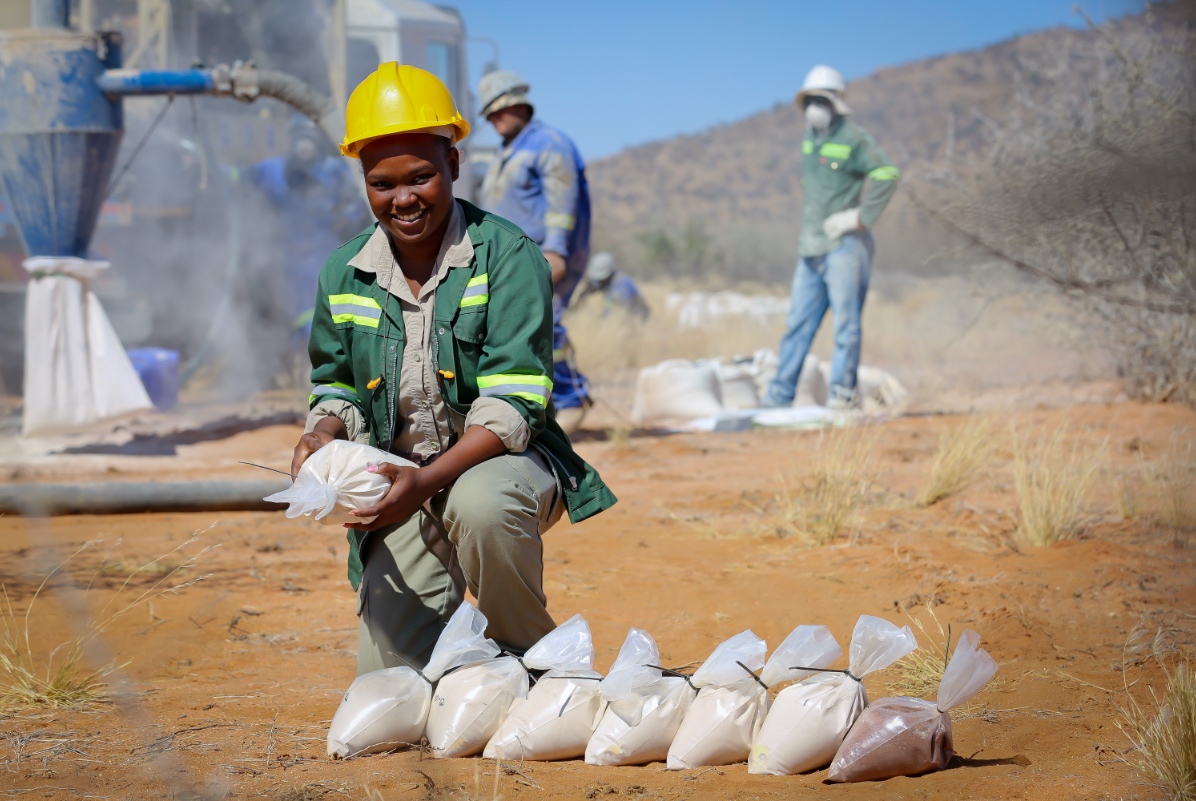Osino’s Twin Hills gets green clearance
Construction sets for H2 2023
Applications to obtain the necessary secondary permits for the gold mine have started.
Jo-Maré Duddy - Canadian-listed Osino Resources has received an environmental clearance from government, reconfirming its target to start construction on the Twin Hills gold mine near Karibib in the second half of this year.The granting of an environmental clearance certificate (ECC) by the ministry of environment, forestry and tourism “substantially de-risks Osino’s permitting timeline and confirms Namibian regulatory support for the rapid advancement of Osino’s Twin Hills Gold Project into the development phase,” the company said in an announcement on the Toronto Stock Exchange (TSX) on Friday. The ECC is valid for three years and renewable on a three yearly cycle.
“This milestone takes us one step closer to being fully permitted,” Heye Daun, Osino’s co-founder, president and CEO, said.
He added: “, where it is possible to permit and advance a large-scale open pit gold mining project, according to global best practices, from inception to approval within less than three years.”
Applications to obtain the necessary secondary permits have commenced with the aim of concluding all permitting, initiating early works and commencing with construction during the last six months of 2023, Osino said.
NO MATERIAL FLAWS
Following extensive stakeholder engagement and environmental baseline studies in 2021 and early 2022, Namibia’s ministries of mines and environment thoroughly reviewed Osino’s environmental and social impact assessment and environmental management plan and found no material flaws in the scope and assessment of the project.
Included in the assessment and the management plan are provisions that any archeological finds must be reported to the National Heritage Council for review, guidance and management.
Following the discovery of some historical grave sites within the Twin Hills Project area, Osino conducted a field review and documentation of the burial sites as an addendum to the archeological baseline study. Following this, an additional reconnaissance fieldwork programme was carried out in the area to confirm that no other graves exist.
All documents have been submitted to NHC for review and it is anticipated that the graves will have to be relocated, with consent from the descendants.
RESOURCE
Twin Hills’ most recent technical study, a pre-feasibility study released in September 2022, outlines a 13-year open-pit mine life with an average annual gold production rate of 169 000 ounces per annum at all-in sustaining costs of US$930/oz in the 10 years of operation. This is based on 2.15 million troy ounces in reserves.
According to Osino’s inaugural sustainability report, the company has pumped N$444 million into exploration and development investment in Namibia since 2017 and will spend a projected N$6.5 billion to establish the Twin Hills gold mine, expected to become operational in 2025.




Comments
My Zone
No comments have been left on this article